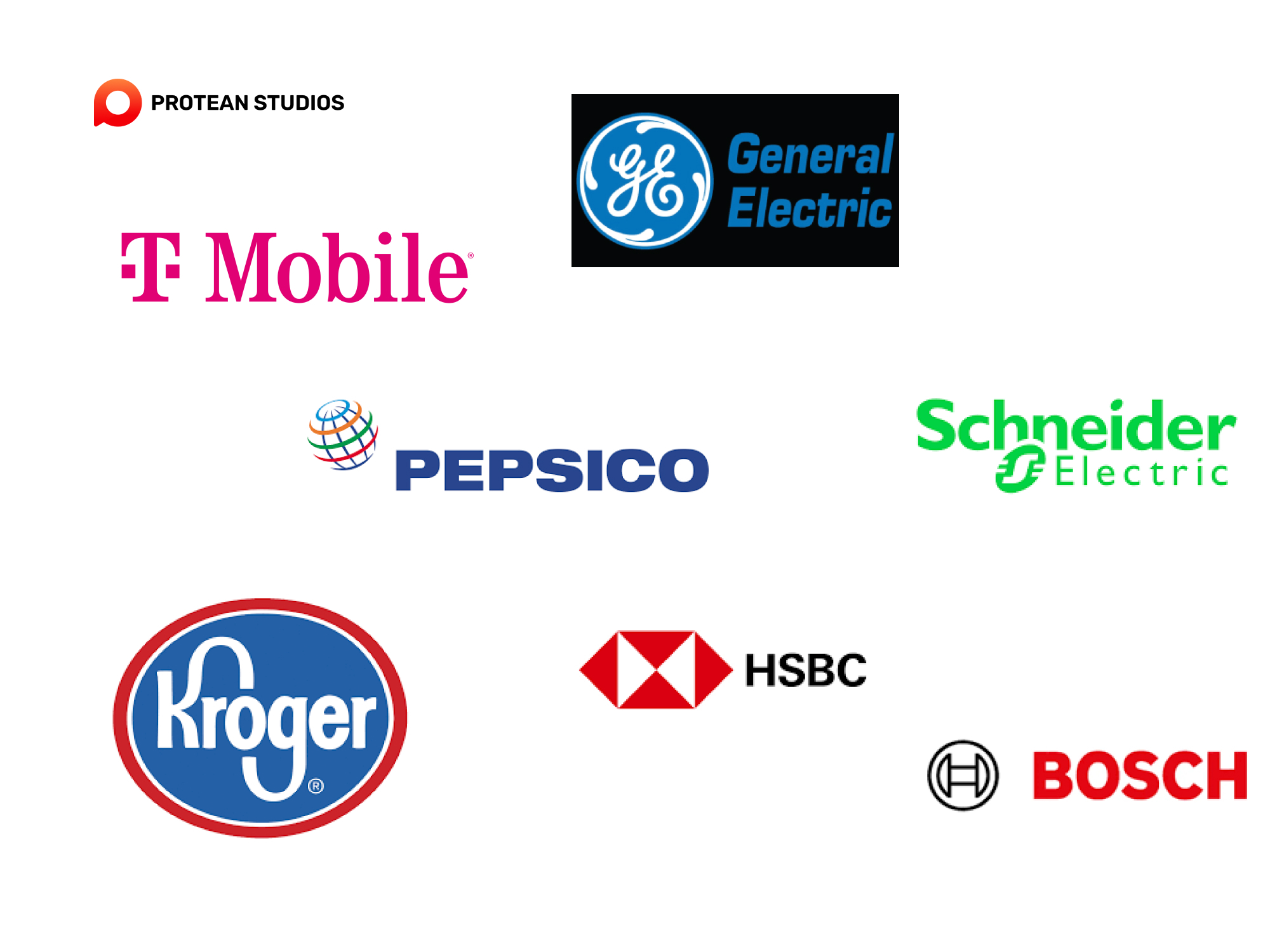All low-code platforms let users build software applications without writing tens of thousands of lines of code. Yet, not all low-code platforms are the same, which is why low-code is often misunderstood. Many people think low-code is for specific tactical or departmental challenges.
But with the right low-code platform, you can do much more. Read on to learn when to use low-code and see real-world examples that will help you see the bigger picture and overcome common misconceptions.
When to Opt for Low-Code Solutions
Whenever you need a custom application, low-code is the answer.
You might wonder why you need custom applications when there are so many ready-made options available. While the build or buy debate is for another time, the truth is, custom applications are essential for tackling your most important tasks.
Standard SaaS or COTS systems, even the best ones, are designed to meet general business needs and don't adapt to the unique requirements of your business.
Moreover, the proliferation of different SaaS applications often leads to a fragmented IT environment, creating disconnected systems that can impact both employee and customer experiences.
It's time to focus on in-house development to better serve your customers and employees and to save costs in the long term.

Custom software is the way forward. The good news is that with low-code, creating custom applications is straightforward and efficient.
Learn more: 10 Best No-Code App Building Platforms For 2024
What Can Be Achieved with Low-Code?
Almost anything. We categorize the types of apps you can create into four broad groups:
Experience: These apps provide an excellent user experience for customers, employees, and other users.
Core Systems: These are essential for supporting critical business operations.
Extensions: These apps connect different systems for interoperability and extend the functionality of existing systems.
Efficiency: These apps simplify and automate workflows and processes to make work easier.
But what about custom applications that require high-level security and extreme scalability? Can low-code handle those? And more importantly, can you build apps that deliver unique business value—those that impact your revenue and profits and help you manage risk?
With an enterprise low-code platform, the answer is yes. Thus, it's crucial to choose the right low-code platform to meet your needs.
Low-Code Use Cases by Platform Capabilities
Low-code solutions can be grouped into three main categories based on their capabilities and the use cases they support:
Low-code and no-code platforms for citizen developers
Capabilities: high levels of code abstraction, empowering business users or citizen developers without a technical background to create entire apps with basic visual development tools.
Examples: simple departmental applications such as vacation requests, approval routing, and employee onboarding.
Workflow-based low-code platforms
Capabilities: More advanced low-code features that enable developers to digitize workflows at an enterprise level. These platforms allow business users to create simple automation applications that developers can then deploy enterprise-wide.
Examples: applications for expense approvals, claims handling, shipping and distribution, and case management.

Read more: Low-Code And No-Code: Why Low-Code Reigns Supreme
Enterprise low-code platforms
Capabilities: Comprehensive end-to-end application development and updates without plus licensing, scalability issues, or data "do-overs." These platforms extend visual development with traditional development capabilities and offer advanced security features.
Examples: complex, strategic, mission-critical applications for both consumers and internal use, covering user interfaces, frontends, backends, automation, cloud-native applications, and microservices.
Real-World Examples of Low-Code in Enterprises
1. Schneider Electric
Industry: Energy Management and Automation
Use Case: Schneider Electric used a low-code platform to develop an internal application for managing its field services. The application enabled field engineers to access and update service records on-site, improving efficiency and accuracy. The low-code approach reduced development time from several months to a few weeks.
2. T-Mobile
Industry: Telecommunications
Use Case: T-Mobile used a low-code platform to streamline its internal HR processes. The company built an application to manage employee onboarding, performance reviews, and training programs. The platform's drag-and-drop interface allowed HR staff to make updates and improvements without needing IT support, leading to faster iterations and improvements.

Deeper Discover: No-Code Success: Forget About Titles, Work On Developing Skills
3. General Electric (GE)
Industry: Conglomerate
Use Case: GE Digital leveraged a low-code platform to create Predix, a cloud-based industrial internet platform. Predix helps manage and analyze data from industrial machines, enabling predictive maintenance and reducing downtime. The low-code approach allowed GE to develop and deploy applications tailored to various industrial sectors.
4. PepsiCo
Industry: Food and Beverage
Use Case: PepsiCo implemented a low-code platform to optimize its supply chain management. The company developed an application to track inventory levels, manage orders, and check logistics in real time. This helped PepsiCo reduce stockouts, improve order accuracy, and enhance supply chain efficiency.
5. HSBC
Industry: Banking and Financial Services
Use Case: HSBC used a low-code platform to automate its compliance processes. The bank built an application to check and ensure compliance with regulatory requirements across different regions. This reduced the manual effort required for compliance checks and minimized the risk of non-compliance penalties.
6. Kroger
Industry: Retail
Use Case: Kroger utilized a low-code platform to enhance its customer engagement through a loyalty program application. The app allowed customers to track their rewards, receive personalized offers, and manage their profiles. This improved customer retention and provided valuable insights into customer preferences and behaviors.
7. Bosch
Industry: Engineering and Electronics
Use Case: Bosch developed an IoT-based application using a low-code platform to check and manage smart home devices. The application provided real-time data on device performance and allowed users to control their devices. This improved the user experience and opened new revenue streams for Bosch through smart home services.
Low-code platforms are proving to be versatile tools across various industries, enabling enterprises to innovate, improve operational efficiency, and enhance customer experiences. By reducing the dependency on traditional coding, these platforms empower business users and IT departments to collaborate more and respond to changing market demands.




